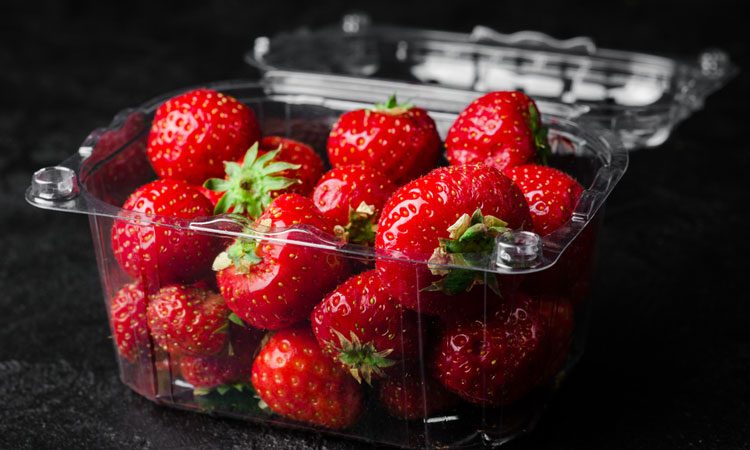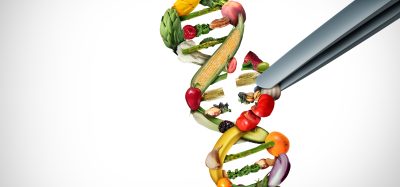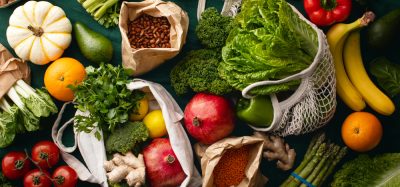Strawberry root Salmonella contamination not a dietary risk
- Like
- Digg
- Del
- Tumblr
- VKontakte
- Buffer
- Love This
- Odnoklassniki
- Meneame
- Blogger
- Amazon
- Yahoo Mail
- Gmail
- AOL
- Newsvine
- HackerNews
- Evernote
- MySpace
- Mail.ru
- Viadeo
- Line
- Comments
- Yummly
- SMS
- Viber
- Telegram
- Subscribe
- Skype
- Facebook Messenger
- Kakao
- LiveJournal
- Yammer
- Edgar
- Fintel
- Mix
- Instapaper
- Copy Link
Posted: 14 May 2021 | Joshua Minchin (New Food) | No comments yet
The research team concluded that Salmonella contamination via strawberry roots was not a food safety risk, but the possibility of surface contamination remains.


Strawberry production is one of the driving forces in the Spanish agriculture sector, being one of Europe’s most popular fruits. Their economic relevance, and the value that consumers assign them, make this fruit an object of scientific research from multiple perspectives, including that of food safety.
A research project undertaken by scientists from the University of Cordoba, including Liliana Pérez-Lavalle, Elena Carrasco, Pedro Vallesquino-Laguna, Manuel Cejudo, Guiomar Denisse Posada and Antonio Valero, has aimed to evaluate whether the Salmonella Thompson bacteria, one of the pathogens that can contaminate the fruit through sewage and/or the soil, could penetrate through the roots of strawberry plants (specifically, the ‘San Andreas’ variety) and reach the fruit.
For the study, several groups of strawberries were subjected to water contaminated with the pathogen at different levels of inoculation. The roots, leaves and fruits were then analysed, finding a very low proportion even in those that had received the greatest amount of contaminated water.
It was therefore determined that access from the root to the edible zone is not a significant entry route for the pathogen. The research team also found that drip irrigation is more effective in preventing contamination than sprinkler irrigation, as the former prevents direct contact between the water and fruit, thus tending to avert both product contamination and deterioration. “An excess of humidity in the fruit due to contact with water can cause the proliferation of mould, resulting in rotting”, explained the group’s researchers.
Mould can cause its own problems too, as some species can release mycotoxins which can cause sickness in humans depending on how much is eaten and which species of mould is accidentally consumed.
The reason why the Salmonella bacterium was researched however is due to its high degree of survival in products made from strawberries and its durability, being able to exist in wastewater and soil for periods of more than eight months. It has a great capacity to adapt to different conditions of environmental stress, such as the acidic pH of some fruits.
The research group concluded that there is also a greater possibility of surface contamination of strawberries, which can occur during harvesting, when workers do not comply with corresponding hygienic measures, or due to the fruit coming into contact with contaminated surfaces.
The scientists claim that most strawberries are not washed, in order to prevent deterioration due to mould, which is why it is particularly important that consumers, as the last link in the chain, make sure that they do wash this fruit prior to consumption.
Related topics
Contaminants, Environment, Food Safety, Hygiene, Mycotoxins, Outbreaks & product recalls, Pathogens, Plant based, Research & development, Supply chain









